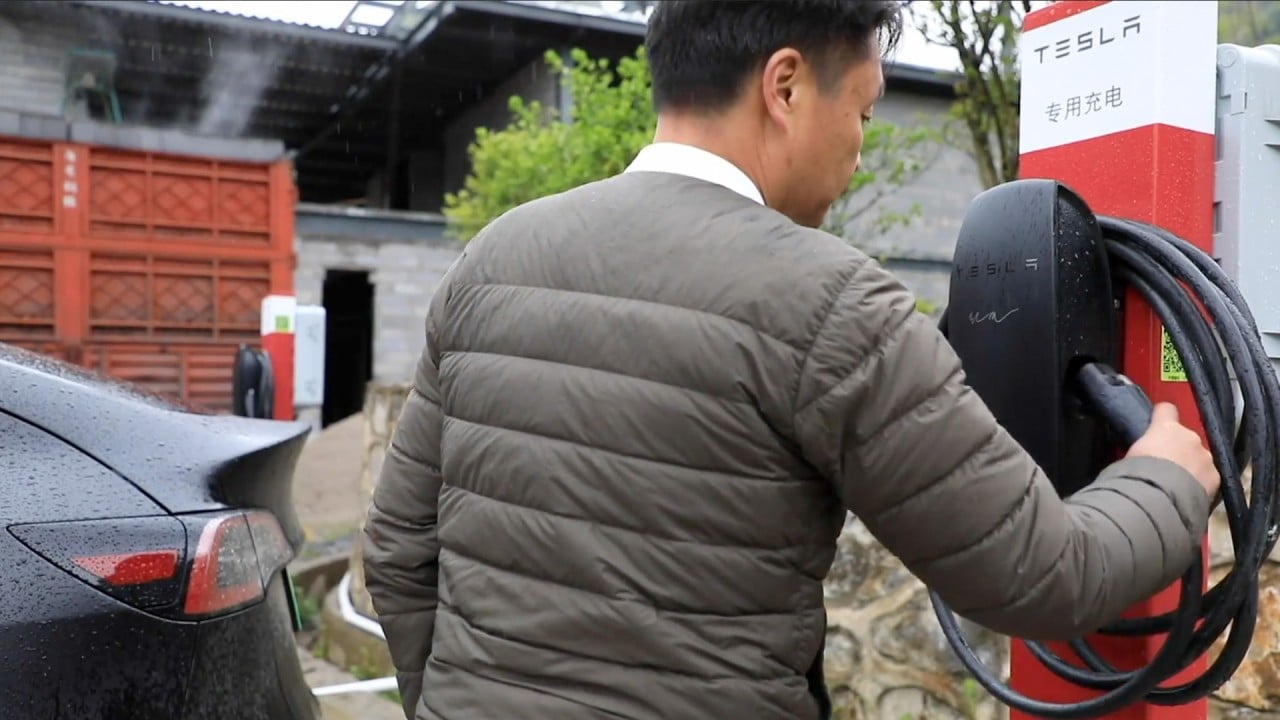
As globalisation enters a new phase, companies and consumers will pay the price
- In addition to electoral pressure in developed countries for jobs to be brought back home, supply chain disruptions and geopolitical risks mean globalisation is evolving
- As companies seek to diversify supply chains, profits may well decline while consumers can expect to pay higher prices
Decades of globalisation have brought more affordable products to Western consumers, while leading to rapid earnings growth for multinational companies. Globalisation has also helped lift hundreds of millions of people in developing economies out of poverty, and narrowed the income gap between developed and emerging markets.
China has much to lose as war turns Europe away from globalisation
Despite these challenges, there are signs that globalisation is not retreating, but evolving. First, the traditional thinking of low-income countries producing for high-income economies is outdated.
Take automobiles as an example. In 2021, China’s total vehicle sales, at 26 million, were higher than the US and Japan combined. Of the top 10 economies in car sales, four were in emerging markets: China, India, Brazil and Russia.
This shows that the global supply chain is no longer just meeting demand from the West, but increasingly serving emerging-market consumers.
When it comes to bringing jobs back to the US or Europe, the cost and availability of labour in these economies means their factories would need to be automated, requiring significant investment rather than creating new jobs.
Hence, it is more likely that companies will diversify their manufacturing processes across emerging markets, where there is ample lower-cost labour and growing local demand.

We have focused on the manufacturing aspect of globalisation, but there are other areas such as services, financial market integration and population mobility, which deserve their own in-depth discussion.
In general, we have seen a surge in cross-border services over the past two decades as global consumers shift from consumption of goods to consumption of services.
National politics around the world is expected to influence globalisation trends in the coming years. That said, there should be sufficient incentives and innovation to keep going a revolution that has benefited consumers and the corporate sector around the world.
Moreover, globalisation is like a plate of fried rice – undoing it is going to be messy, expensive and almost impossible. The cost of doing business is likely to rise as companies diversify their supply chains to reduce disruption risks and comply with government regulations.
Consumers may have to pay more or companies’ profits may decline. We are already experiencing such pain with higher inflation and weaker profit growth.
Tai Hui is chief market strategist for the Asia-Pacific at JP Morgan Asset Management


